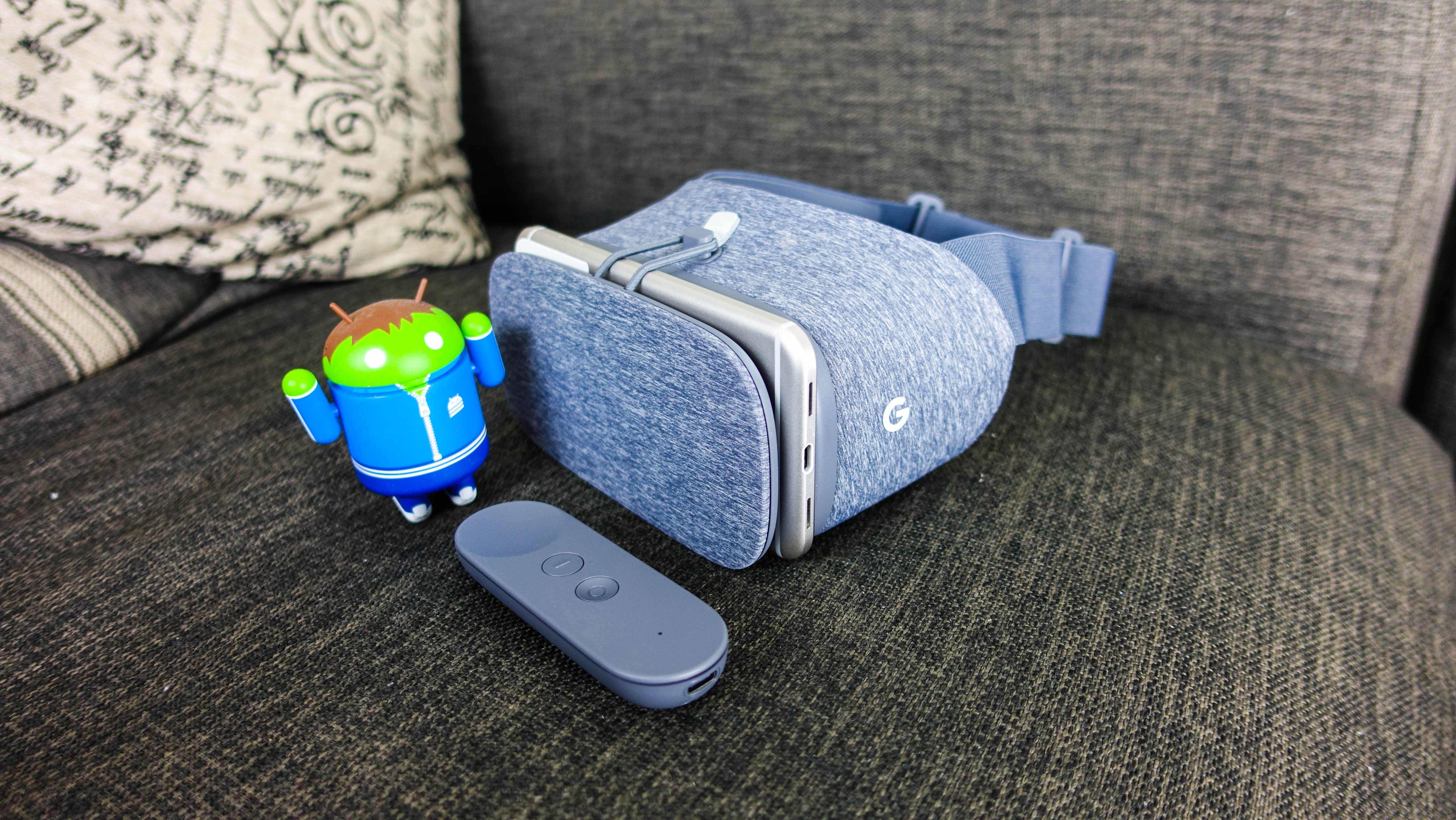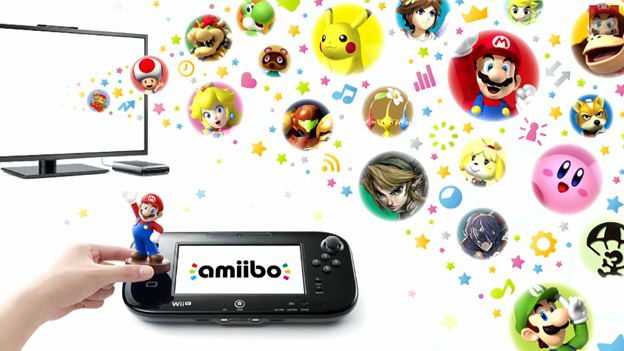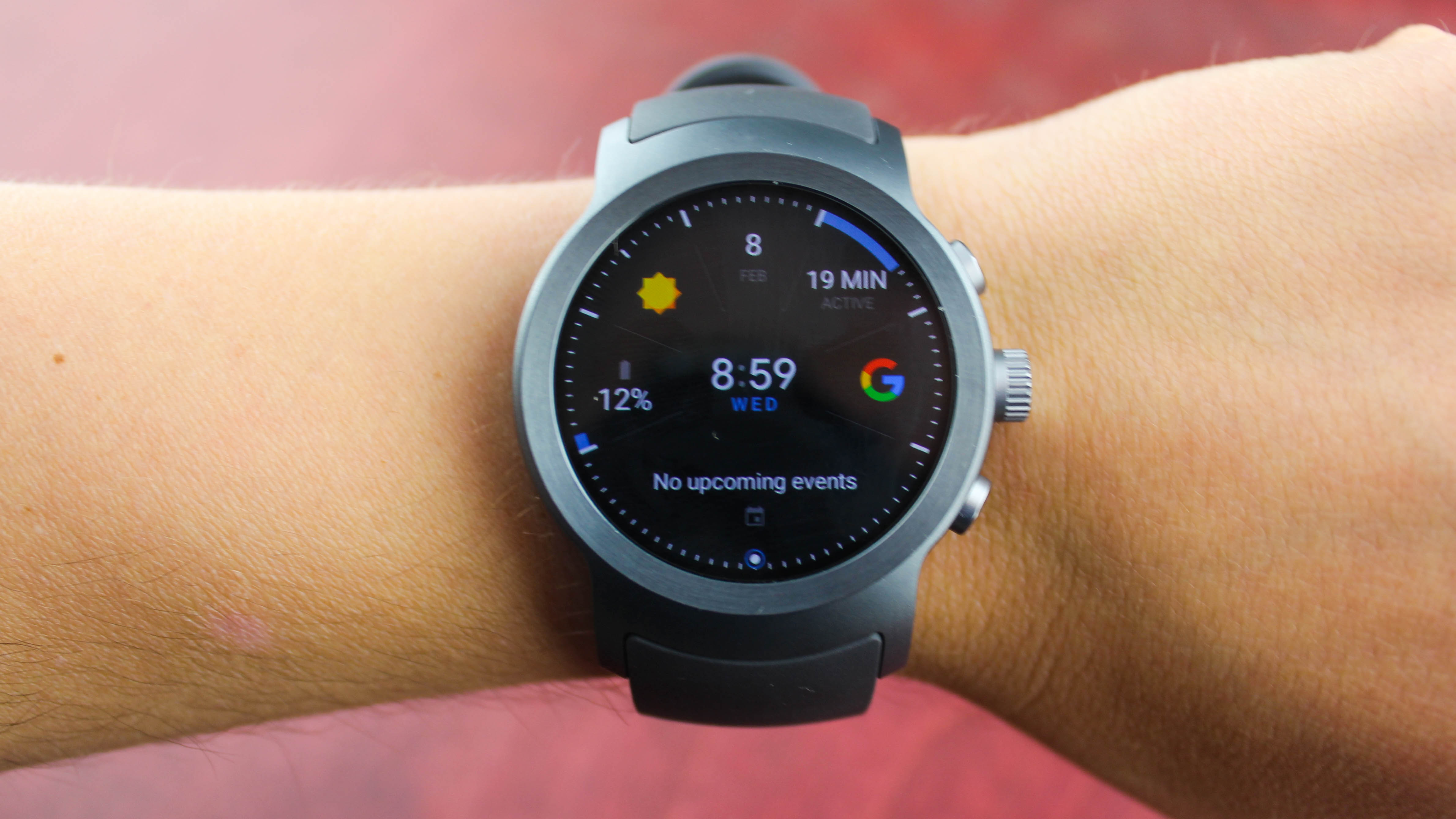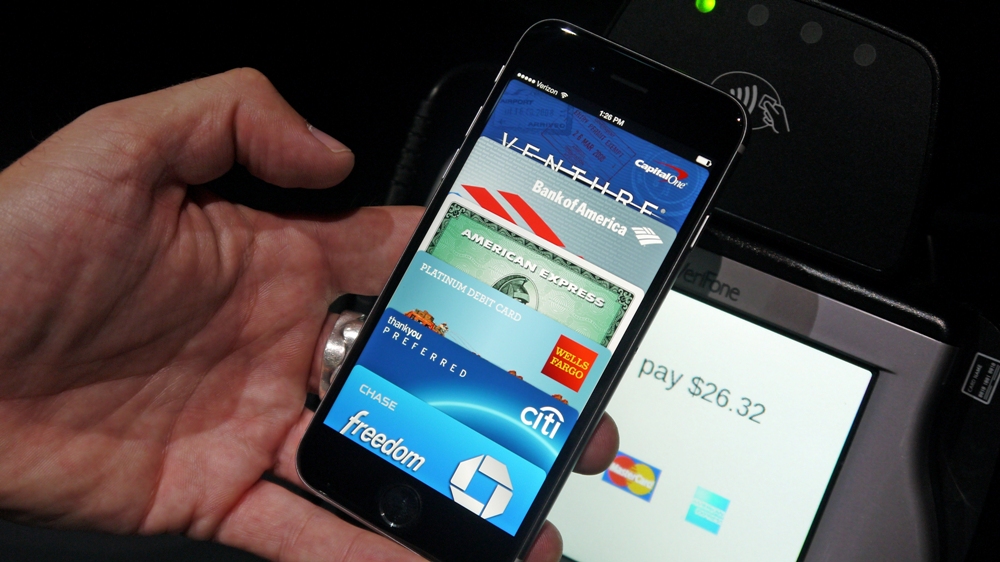What is NFC? Everything you need to know
NFC is a feature in nearly every phone these days - but what can you do with it?
The potential for NFC stretches further than commerce.
Passive NFC 'tags' are being built into posters and informational kiosks to transmit additional information similar to how scanning a QR code can trigger launching a web address, offering a discount coupon, or a map to download on your smartphone.

A clever use of an NFC tag can be found integrated into Google's Daydream View VR headset and its do-it-yourself VR kits, Cardboard. Mounting your NFC-capable smartphone into the headset triggers the nearby tag to automatically download or launch the app.
Strangely enough, even video games and action figures are seeing an injection of the wireless technology. Nintendo's Amiibo, Skylanders and Disney Infinity are collectible toys at heart, but under the hood, the NFC tech offers new functionality not previously seen in video games.
Waving these figurines over gaming consoles or accessories enables players to "check-in" to the game, bringing the figures to life, so to speak, activating some unique features.

In Skylanders, these figurines can be linked up to the game to add new characters to play with. Disney Infinity and Amiibo toys yield similar rewards to players and collectors. The NFC chips inside are capable enough to store user data such as experience points, progression and customized settings.
Another practical use of this contactless technology is with Bluetooth speakers and headphones. Many devices brandish the NFC logo, which means that by holding your smartphone to the NFC-enabled device, you'll be able to connect via Bluetooth much faster than pairing devices manually.
Sign up for breaking news, reviews, opinion, top tech deals, and more.
Interested in giving NFC a shot? It's as simple as toggling it on your phone, but first, you need to find out if your device is compatible with contactless payment terminals and passive NFC tags detailed on the previous page.
The good news? The list of compatible devices is staggering and growing with time. It's safe to say, if you've purchased a smartphone in the last few years, you should be ready to go.

A few examples of recent NFC-equipped smartphones: Samsung Galaxy S8, iPhone 7, LG G6, Huawei P10.
But even some cheaper handsets like the Lenovo P2 and Sony Xperia XA have NFC, as do older phones such as the Nexus 6, Sony Xperia Z3, iPhone 6, Samsung Galaxy Note 4, LG G3 and HTC One M9.
You'll probably also be in good shape if you've bought a tablet recently. The iPad Pro and iPad Pro 9.7 sport NFC, while older slates like the Google Nexus 9, iPad Mini 3 and iPad Air 2 also each have the capability out of the box. Though it's less universally a feature of tablets than of phones.
Apple has included NFC in its Apple Watch and Apple Watch 2 so that users can pay for goodies using Apple Pay with a tap of the wrist, while a handful of Android Wear watches including the LG Watch Sport and Huawei Watch 2 support Android Pay.

Looking forward, NFC chips are sure to be used in more smartwatches and fitness trackers.
Vulnerability and security
The magic of NFC occurs in the free and open air, so it's easy to get wrapped up in the idea that your data can be nabbed by anyone who tries to intercept. It can really happen, but it doesn't have to happen to you.
Let's first tackle this scary issue with the point that NFC chips in your cards or phones can't be skimmed unless they are within mere centimeters of a potential thief.
That's just the way the technology works. We don't know about you, but there aren't that many things that get close to us.

There are conmen out there who try to ruin it for everyone with NFC skimming apps that rip your personal information, including your address and account details. But they are having an increasingly tough time with that goal, as apps like Apple Pay and Android Pay are implementing some clever safeguards to protect users.
According to Apple, their commerce app, Apple Pay, stores payment information on the device exclusively, encrypting the card information only for use by the merchant and payment network for verification.
The information does not live in the cloud, nor does it live in the iOS source code. Lose your phone? You can erase your precious financial details manually using the "Find my iPhone" feature.
With Android Pay, your credit or debit card number is never transmitted, instead a virtual account number is used to represent your account information, so your actual details stay safe, and if your phone is lost or stolen you can remotely lock or wipe it with Android Device Manager.
If you're using a credit or debit card with NFC capabilities, your best bet for protecting yourself is by getting a sleeve to go over your card. These deflect radio frequencies to attracting the attention of your card's NFC chip.
If you're short on cash, word is small tins that used to hold mints apparently do the job on the cheap. It'll also leave your cards smelling fresh, but use this option as a last resort.

Cameron is a writer at The Verge, focused on reviews, deals coverage, and news. He wrote for magazines and websites such as The Verge, TechRadar, Practical Photoshop, Polygon, Eater and Al Bawaba.